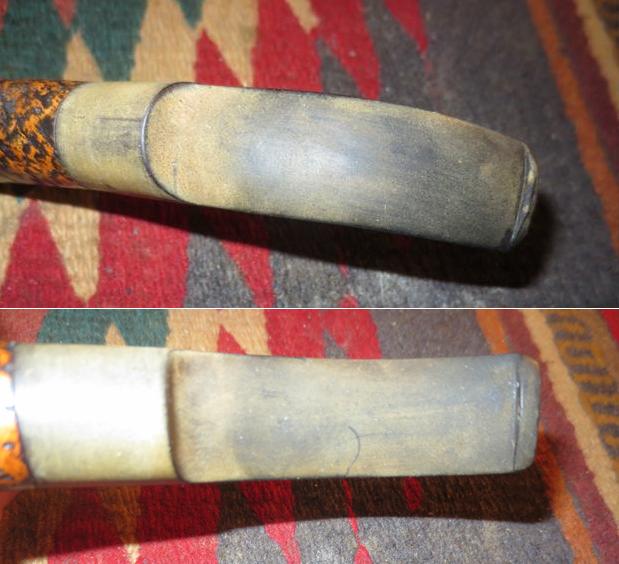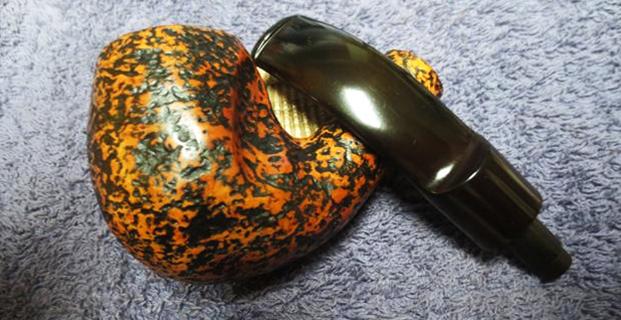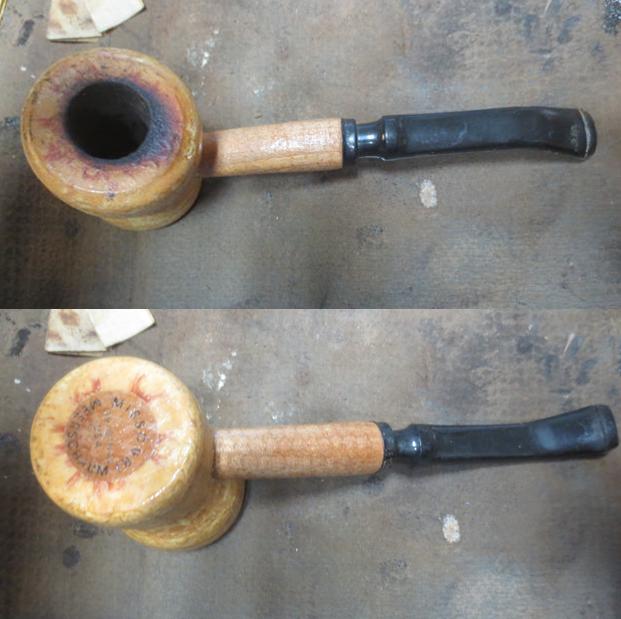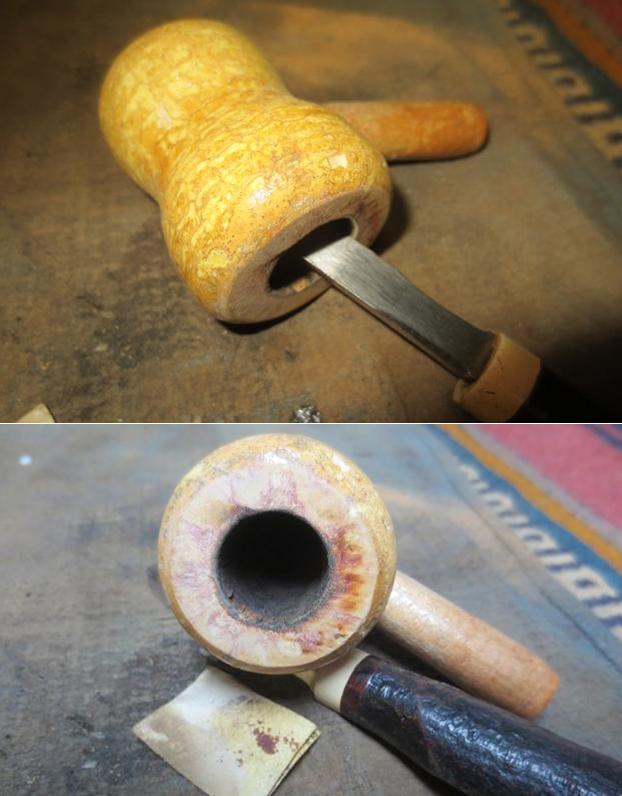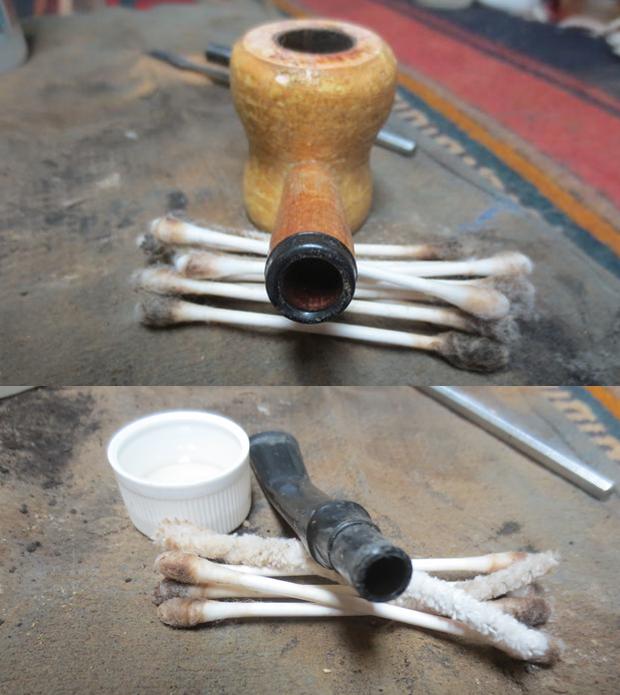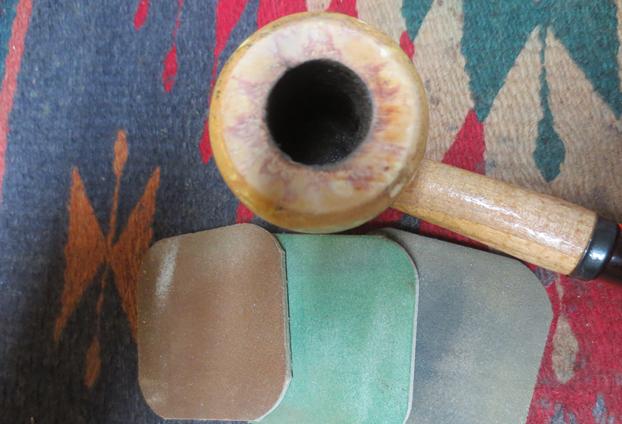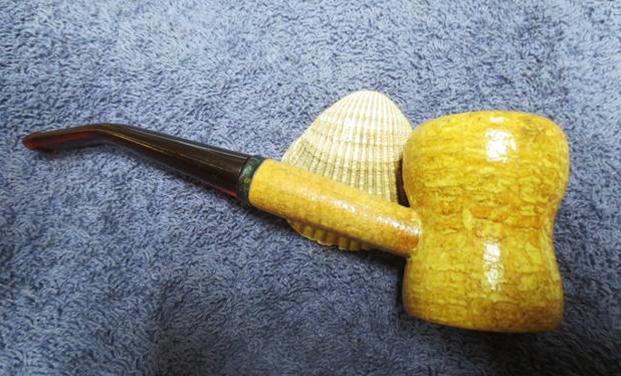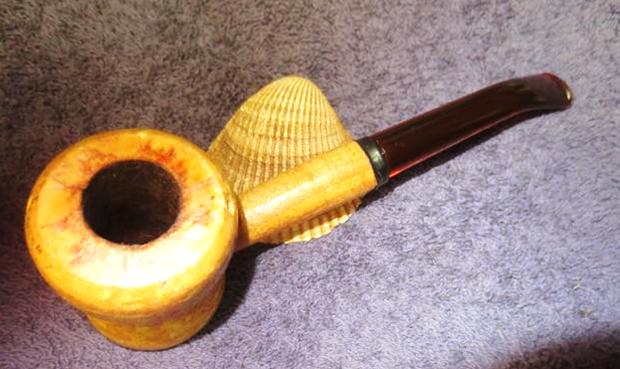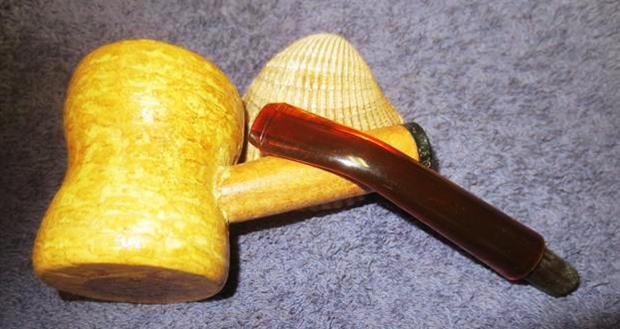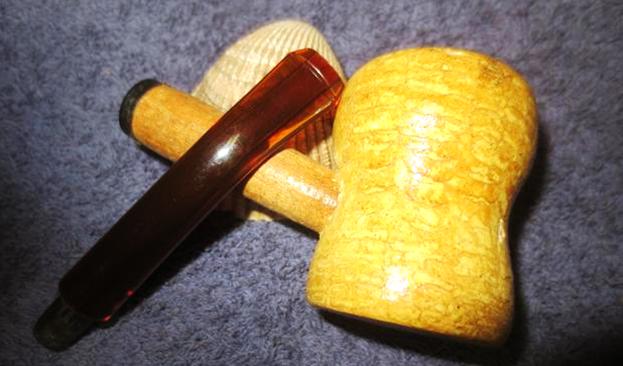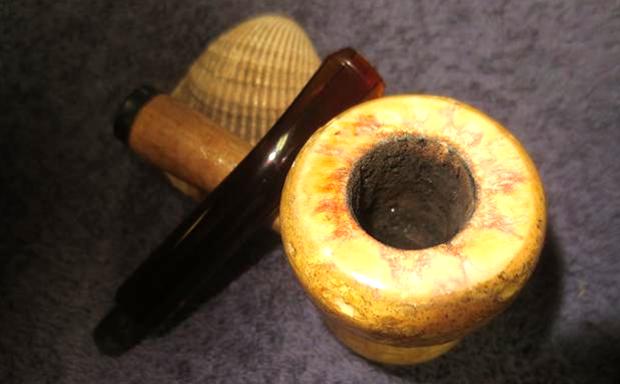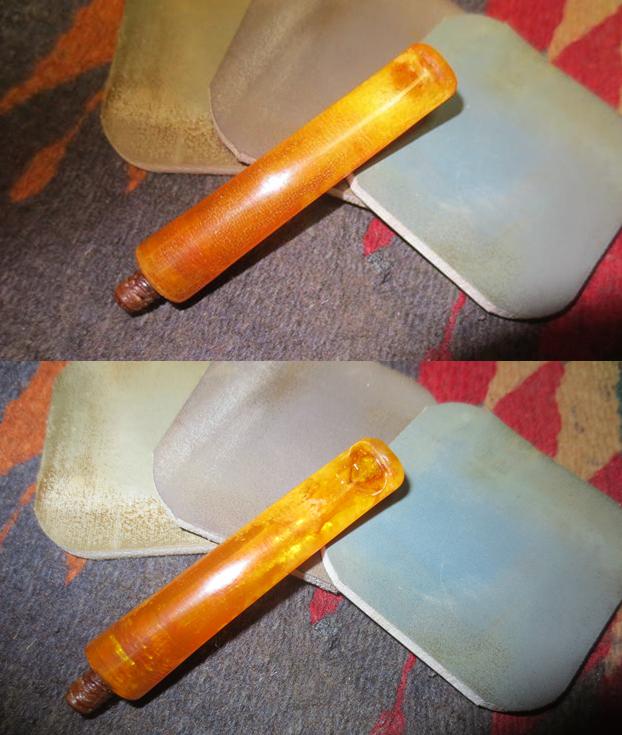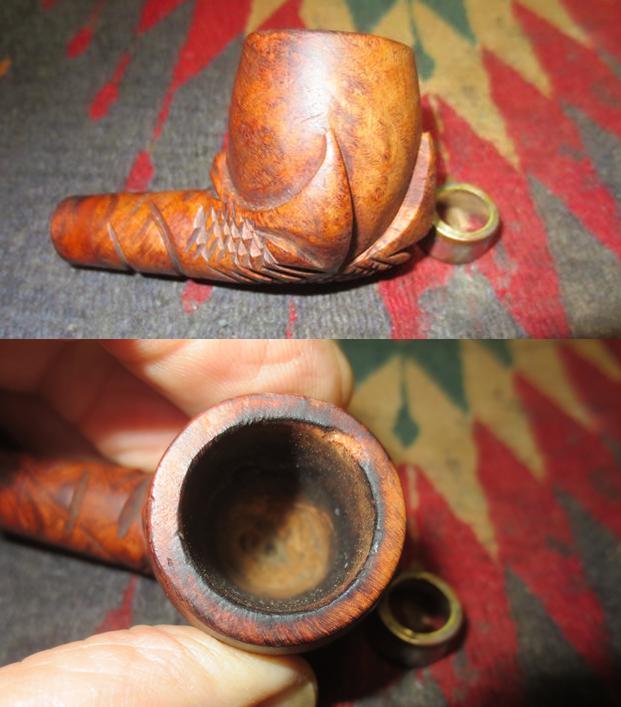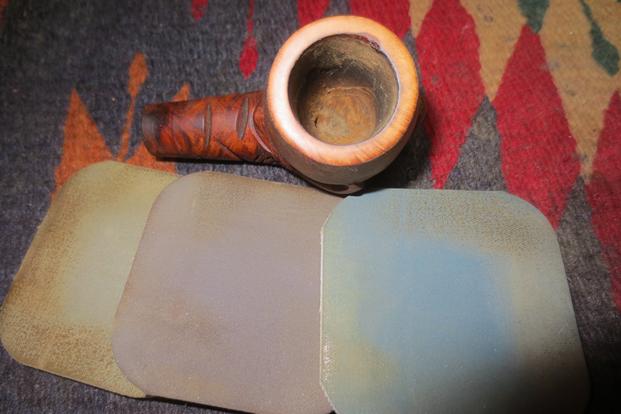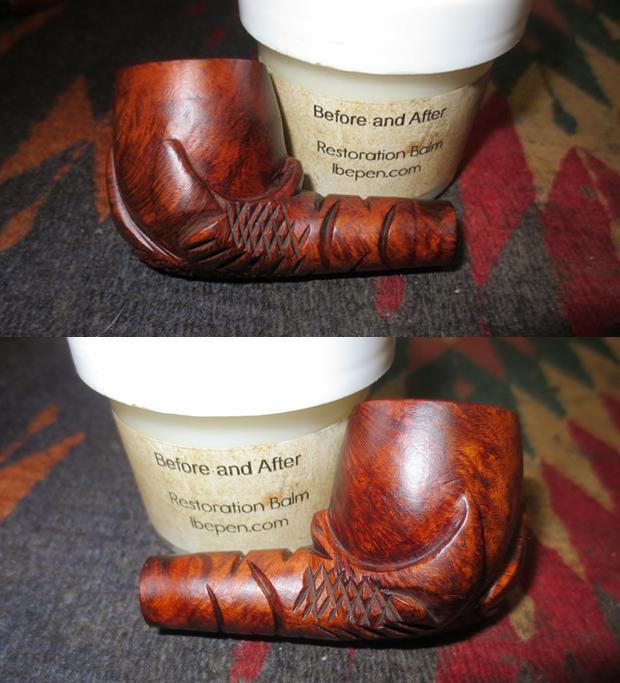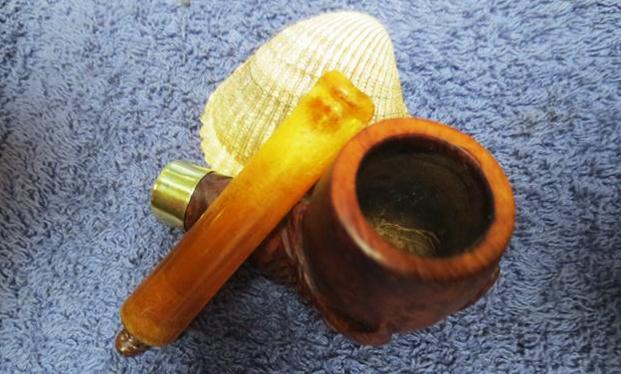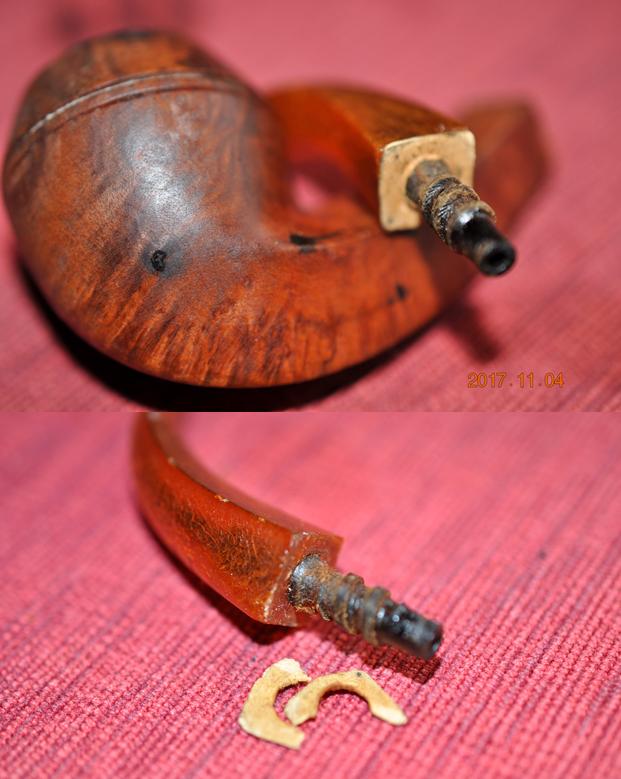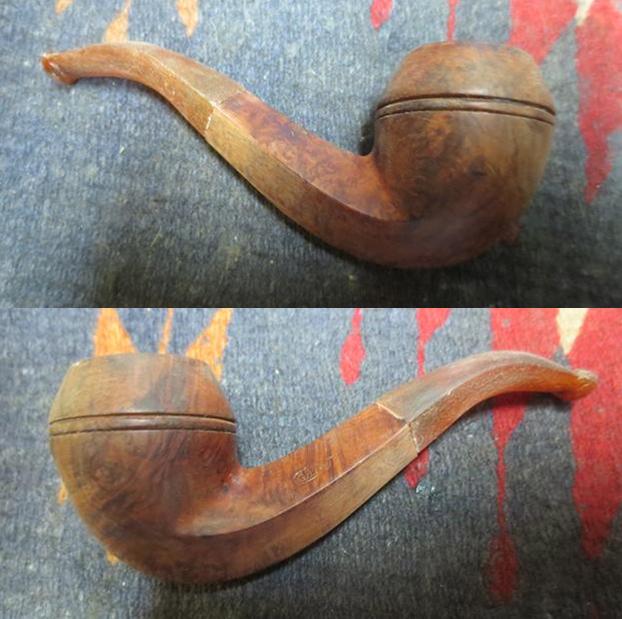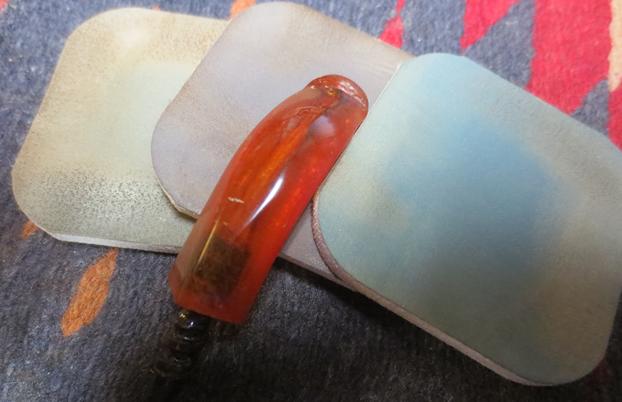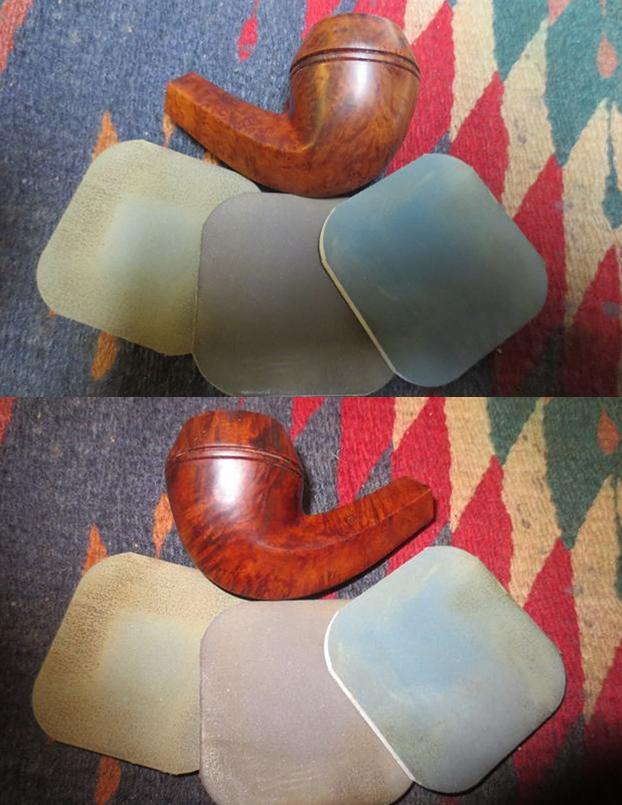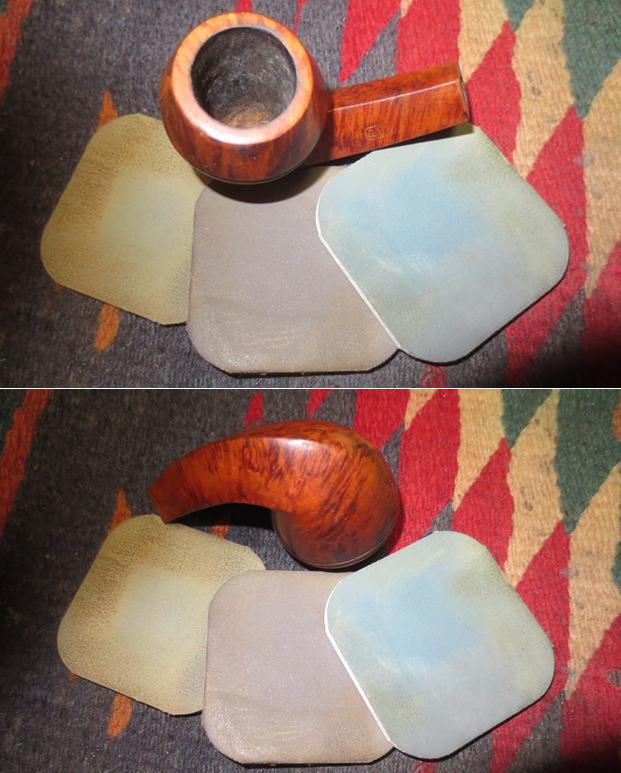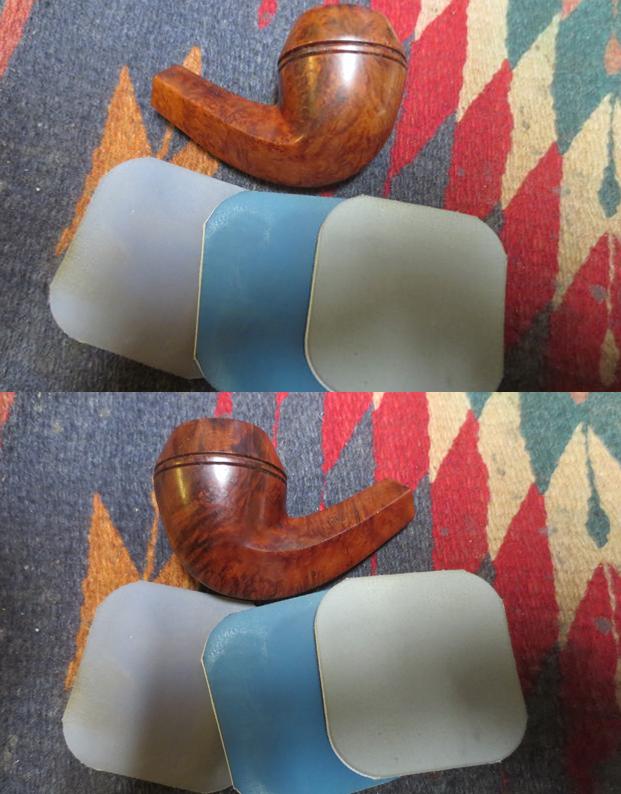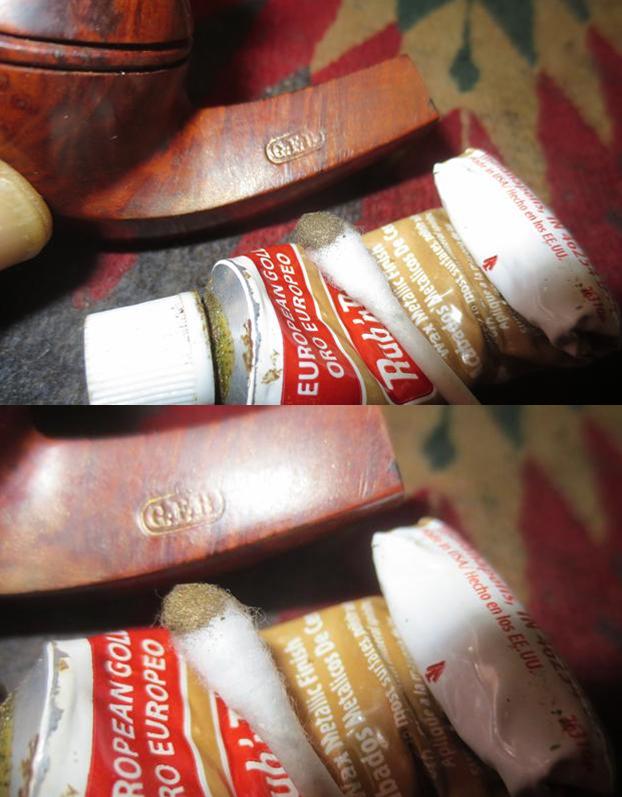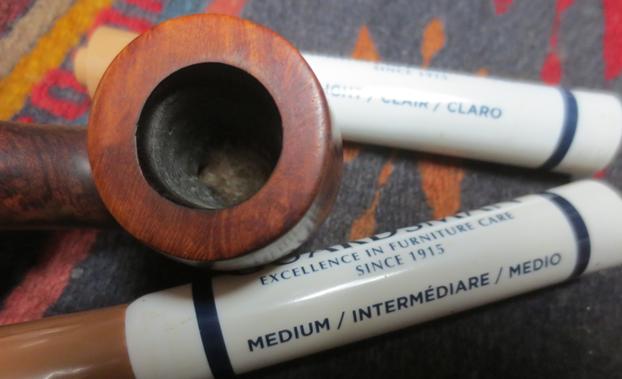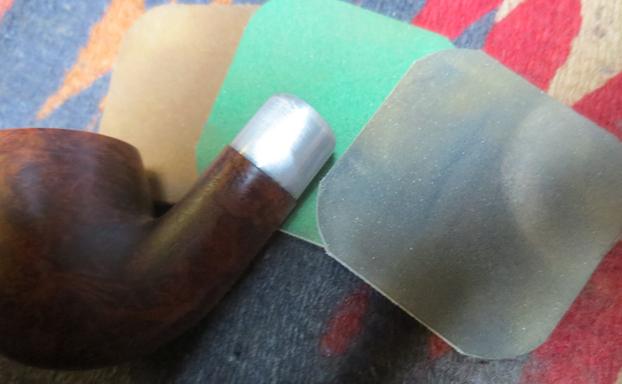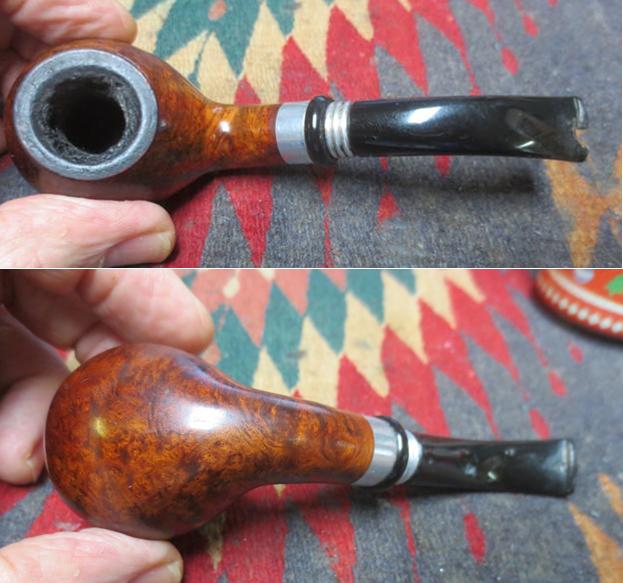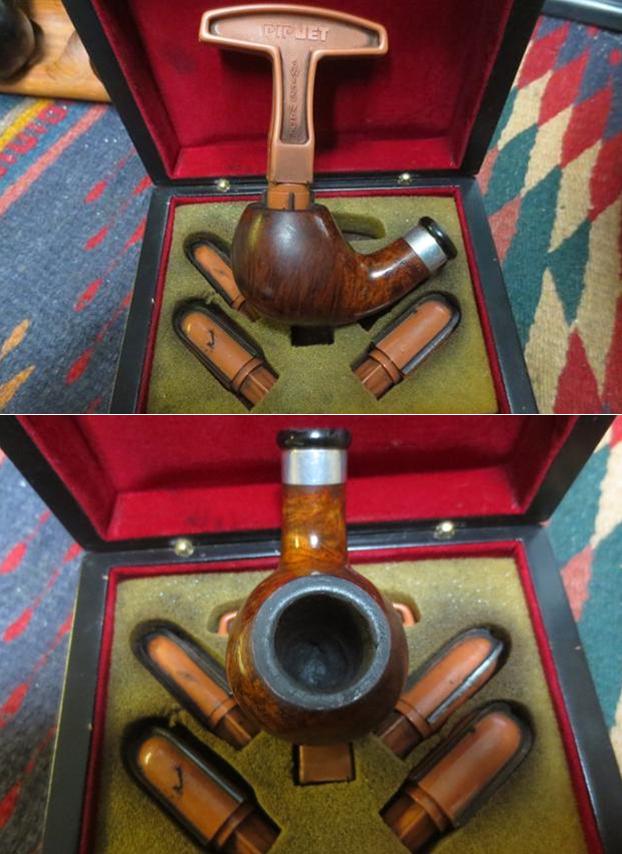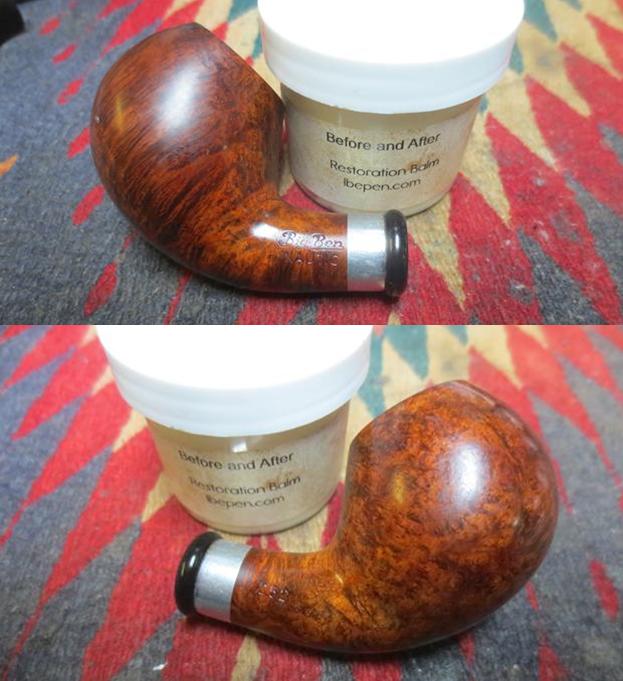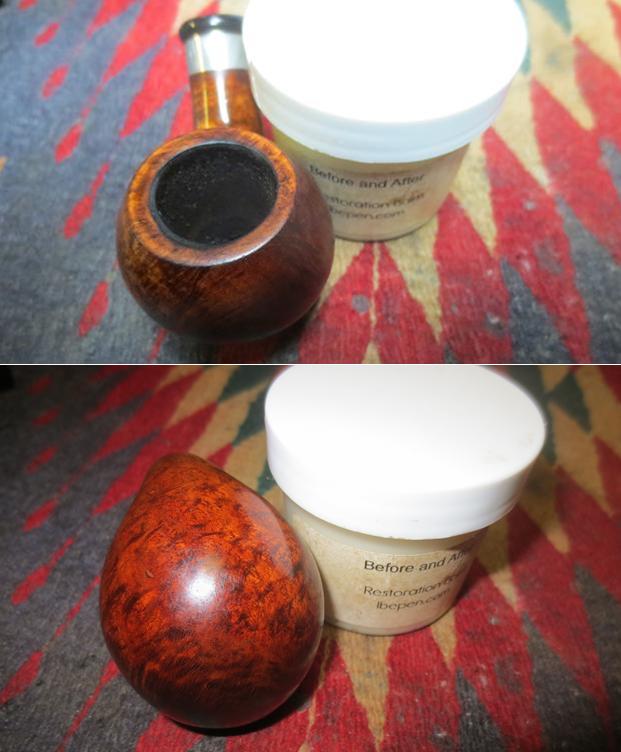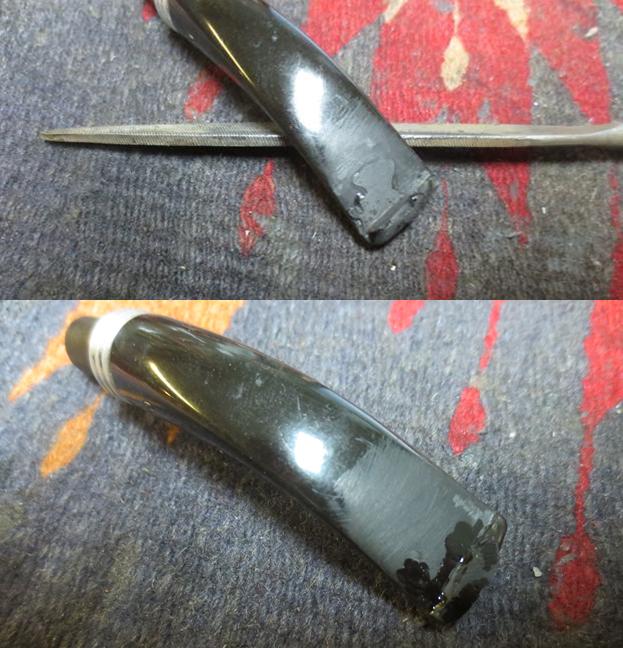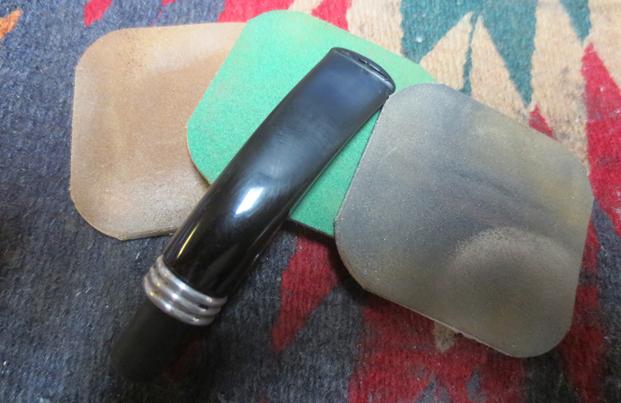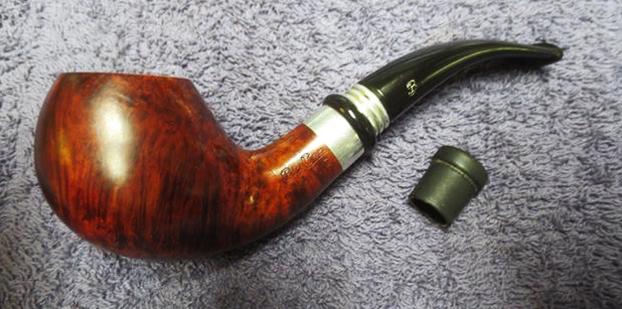Blog by Laci Németh
Greetings pipe smokers of the world! 🙂 This post is coming to you from Europe. Budapest, Hungary. I am one of the many silent readers of this blog. I am a pipe smoker myself for arround 15 years now. This post has mentioned me. In October I gathered a group of pipe smokers to form a regular pipe smoking fellowship, and Steve asked me to share about it. So here we go.
Why a smoking fellowship?
Yes I know, pipe smoking is an “indivudual sport”, but it does bring an interesting experience when “simple” people share time, thoughts, hearts together. My first encounter with this experience was on a mountain overlooking the city of Sarajevo in Bosnia and Herzegovina. I was visiting a friend who was on a mission there and choose pipe smoking as a way to go deeper with those who are opened to him.
Two Americans, few Bosnians, me as a Hungarian, a bottle of whisky, our pipes, and an open fire. It started with them chanting this quote almost as a prayer:
“I have some friends, some honest friends, and honest friends are few; My pipe of briar, my open fire, a book that’s not too new.” — Robert W. Service
Wood was burning. Pipes smoked. Books opened to read poems. One Bosnian fellow shared his own poem that he has wrote since the last time he attended. And I was just sitting there…breathing in every second, every emotion, every heartbeat. A wonderful, life changing memory from 2006.
I asked them where did the idea came from?
They said: Inklings. (few of them were big C.S. Lewis and Tolkien fans)
Later I found out that one of them was influenced by the Wheaton version of this group: Whinklings.
11 years later. In Budapest I got to gather several pipe smokers arround an open fire. We have called ourselves: Minklings (M stands for Hungarian in our language, and the first four words also mean “us”. So its a play with the words.) 🙂
Yes, I am aware that we are nothing to compare ourselves to these giants of world literature. We are counselors, buisiness people, church pastors, programmers, etc. But we have many things in common. Among which the pipe smoking might be the least important.
I was very much surprised that almost each person had a poem (or poems) written before. They shared it. It was unique time. One of us has brought his own home
brewed beer. Some played a song.
We got to know each other through what we brought to the table.
in my point of view, we are all unique, worthy and special. we all have talents, gifts, capabilities that can be treasures to others. But we have many things in common. Among which the pipe smoking might be the least important.
I was very much surprised that almost each person had a poem (or poems) written before. They shared it. It was unique time. One of us has brought his own home brewed beer. Some played a song. We got to know each other through what we brought to the table. Every human being is a treasure.
If you want to discover it, all you need to do is organize a meeting for people you know that are pipe smokers. Announce a subject, for example: Bring a poem, a song, or something that describes you, that introduces you. Have an open fire. And let the magic happened. You will not regret it.
We are now meeting (only) every three months in organized way. But several of us have posted times when “we ran” into each other for a smoke wherever we met in the country.
PIPE SMOKERS UNITE! 🙂










